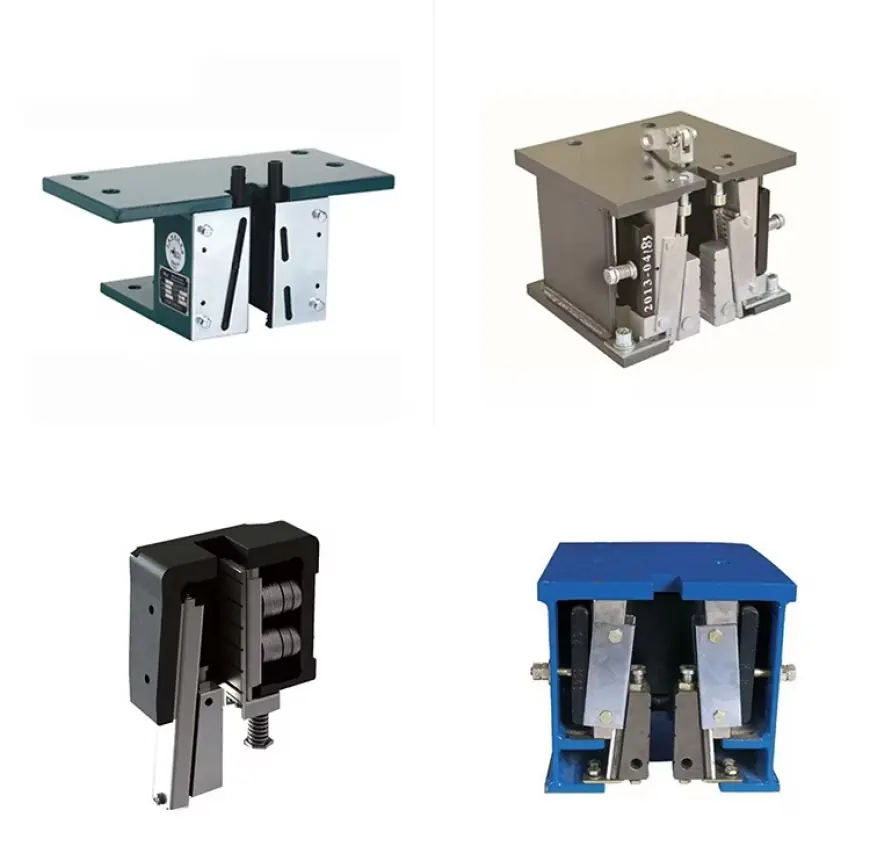Elevators Safety System Market Insights Reveal Emerging Technologies, Regional Expansion, and Consumer Preferences
Insights into the Elevators Safety System Market highlight rapid adoption of smart technologies, regional growth, and increasing consumer focus on safety and reliability. Technological advancements, modernization, and urban infrastructure expansion are reshaping the competitive landscape, creating opportunities for manufacturers and service providers to deliver integrated, intelligent elevator solutions.

The elevators safety system market provides a clear view of regional growth patterns, technological adoption, and evolving consumer preferences. Asia-Pacific continues to dominate market share due to high-rise urban development, smart city initiatives, and extensive commercial infrastructure projects. Countries such as China, India, and Japan are investing heavily in both residential and commercial high-rise construction, driving demand for elevators with advanced safety features including emergency brakes, overload sensors, fire integration systems, and IoT-enabled monitoring solutions.
Consumer preferences are increasingly shifting toward integrated and technologically advanced safety systems. Occupants, facility managers, and building owners expect elevators to provide reliable operations, real-time monitoring, predictive maintenance, and emergency communication capabilities. In hospitals, airports, hotels, and commercial complexes, these features are no longer optional but critical for compliance, efficiency, and user satisfaction. Manufacturers who can provide comprehensive, smart solutions are positioned to gain competitive advantages in both developed and emerging markets.
Regulatory compliance plays a pivotal role in shaping market insights. Developed regions such as Europe and North America enforce strict safety standards, including EN81 and ASME A17.1, compelling modernization and retrofitting of older systems. Emerging markets are gradually adopting standardized codes, creating new demand for compliant and technologically advanced solutions. Understanding these regulatory dynamics helps manufacturers align product offerings with both current and anticipated compliance requirements.
Technological advancements are central to market insights. IoT-enabled sensors, AI-driven predictive maintenance, and real-time fault detection are transforming how elevators operate and are maintained. Smart elevators can self-diagnose malfunctions, optimize maintenance schedules, and provide actionable data to building management systems. These advancements reduce downtime, increase operational efficiency, and ensure passenger safety, making technology adoption a key competitive differentiator.
Regional expansion opportunities are particularly significant in the Middle East and Latin America. Countries such as the UAE, Saudi Arabia, Brazil, and Mexico are investing in urban infrastructure and high-rise developments, yet awareness and adoption of advanced safety systems are still emerging. Manufacturers that educate clients, provide scalable solutions, and offer cost-effective integration are likely to capture significant market share in these regions.
In conclusion, market insights reveal that technological innovation, regulatory compliance, regional growth, and consumer preferences are critical drivers of the Elevators Safety System Market. Manufacturers and service providers that focus on smart, integrated, and scalable solutions, while aligning with regional demands and regulatory frameworks, will be best positioned for sustainable growth.
What's Your Reaction?
 Like
0
Like
0
 Dislike
0
Dislike
0
 Love
0
Love
0
 Funny
0
Funny
0
 Angry
0
Angry
0
 Sad
0
Sad
0
 Wow
0
Wow
0















































